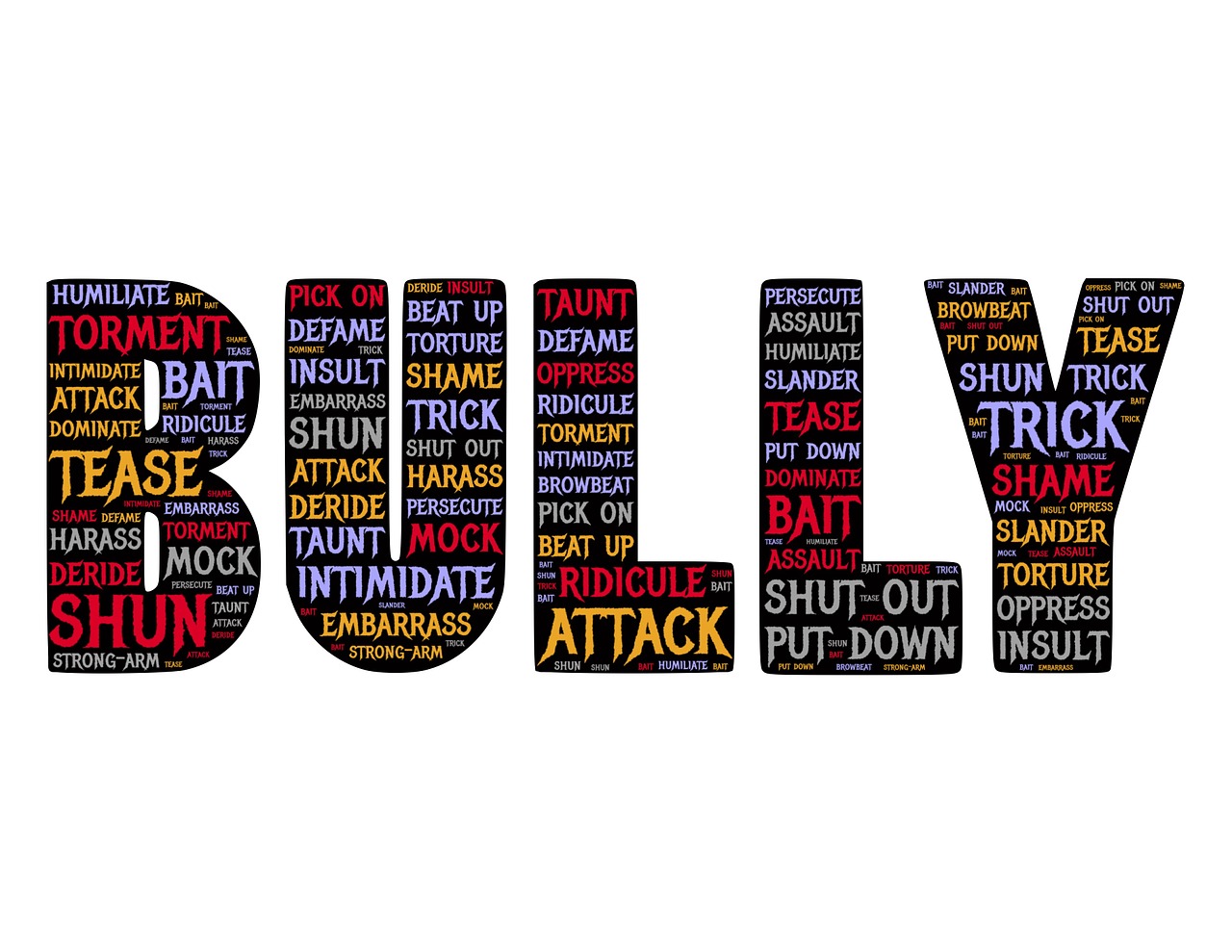I
grew up in a small suburban town in Connecticut where I was surrounded by kids my age and older in my neighborhood. I didn’t have a lot of friends, but there were a few. One of my good friends lived up the road from me. So many times I wanted to go play with him over his house, but it was not always possible. The problem was that along the path to my friend’s home, there were kids who were bullies and every time they saw me walking, they targeted me. In fact, one of them was a ring leader of the pack who I had to face in my neighborhood, on the bus and at school in my class every single day. Unfortunately, at that time I didn’t have the necessary skills to adequately confront bullying.
I will tell you that there is nothing worse than a child feeling unsafe inside or outside of school when they come face-to-face with someone they fear. Take it from me and the millions of other children past and present who have been on the receiving end of being the victims of bullying.
However, there is always hope. There are definitely some things that can be done to prevent bullying. Before it takes place, it is very important to teach children some techniques and one of them is to stand up for themselves and others. So, how do you do it? How do you teach a child to stand up for himself and others? Below you will find some helpful strategies.
1. Teach a Child to Speak Up
Encourage your child to say something and not be quiet if he or someone else is not treated right. I remember telling the teacher when I would be repeatedly picked on and physically abused. Unfortunately, that didn’t work. The real key to putting out the flame when bullying takes place is to eliminate its source. Oftentimes, bullies feed off of an audience, or bystanders.
I’ve been in a number of situations growing up where I was face-to-face with a bully and other kids would stand there watching, even laughing and saying nothing to stop the verbal and physical onslaught that was ensuing. To all parents out there… it is sooooo important to teach your child that if they are on the receiving end of someone attacking them in some way, they should speak assertively to tell that person to “cut it out” or “knock it off” and then try to remove themselves from the situation. If the situation persists, encourage your child to align with other peers, as allies, to unite against this kind of behavior and tell a trusted adult.
If your child is not the target of bullying, encourage them to become an ally with someone who is being picked on. Standing by and watching any bullying behavior take place only makes the problem continue. It is important for the child to speak up and report any bullying behavior immediately.
2. Teach a Child Respect and Empathy
The constant name calling, social isolation, and physical altercations were all too often a part of my experiences growing up and something that could have been prevented with some education in understanding. No one should be treated poorly for any reason. Children should respect their peers, teachers, and parents. Likewise, parents and teachers should respect children. No matter the age, gender, race, ethnicity, sexual orientation, height, weight, or personal likes and preferences, children must be taught that everyone is unique and should be valued for who they are.
Cultivating empathy early on in a child’s life is crucial for their social and emotional growth and development. Children are more likely to demonstrate empathy toward others when they themselves feel a sense of emotional security from their parents. Teaching a child empathy not only allows a child to understand the perspective of others, but also helps them come up with constructive ways to handle negative emotions.
3. Teach a Child Leadership Skills
Winston Churchill once said, “Courage is rightly esteemed the first of human qualities…because it is the quality which guarantees all others.” Healthy relationships are cultivated out of developing an understanding for one another and standing up to do the right thing.
Some people will argue that leaders are born, while others will insist that leaders are made. When children are taught effective character building skills that include having empathy for others, celebrating each other’s differences, and embracing diversity, they become more aware of each other’s needs and respond in ways to support each other. I am a strong supporter of getting a child involved in leadership activities when they are young, where they have opportunities to use their voice for change. Whether it be sports, clubs and/or community service activities, there are many outstanding ways to give a child an opportunity to be seen and heard in a positive light.
4. Model Self-Love and Kindness to Others
Children are always observing their surroundings, particularly the actions of adult role models. There is no greater strength in leading a child to make wise decisions than to personally model that behavior. When your child sees that you live your life by taking care of your well-being, acting from a place of love rather than fear or hate when handling situations, respecting and being kind to yourself and others, then she internalizes the value and worth in positive behaviors and actions. This act of respect and kindness extends beyond the confines of the school and home. It spans into everyday life at the grocery store, gas station, library, bank, or anywhere we go and meet people.
5. Teach a Child Confidence
In today’s world, it is easy to become influenced by the prevailing messages received from the media, which are often filled with violence, hatred, anti-this and anti-that movements. It is not very uncommon for some people to hide behind the walls of social media and say something derogatory or dejecting to put someone down.
It is very important to nurture confidence in your child. Developing the skills of confidence build’s a young person’s self-esteem and prepares them for a world filled with challenges. Build confidence in your child by involving her in different activities after school, giving tasks to be accomplished, demonstrating how to stand up and take charge of situations boldly and bravely by doing what’s right versus what’s popular. Being an ally to someone in need and helping someone who feels down is a major step toward becoming a leader, developing positive relationships with others and living a life of great purpose.
In my new book, The Ultimate Guide to Raising Teens and Tweens, I provide parents with the tools and strategies to help children navigate bullying and violence, along with the other challenges they face throughout their tween and teen years.
For a complete guide to help you and your family’s overall well-being, from all things healthy home to eating, moving, sleeping, and thinking well strategies, grab a free copy of my 25-page WHOLE LOTTA LIVING GUIDE here.
To Teaching a Child to Stand Strong!




